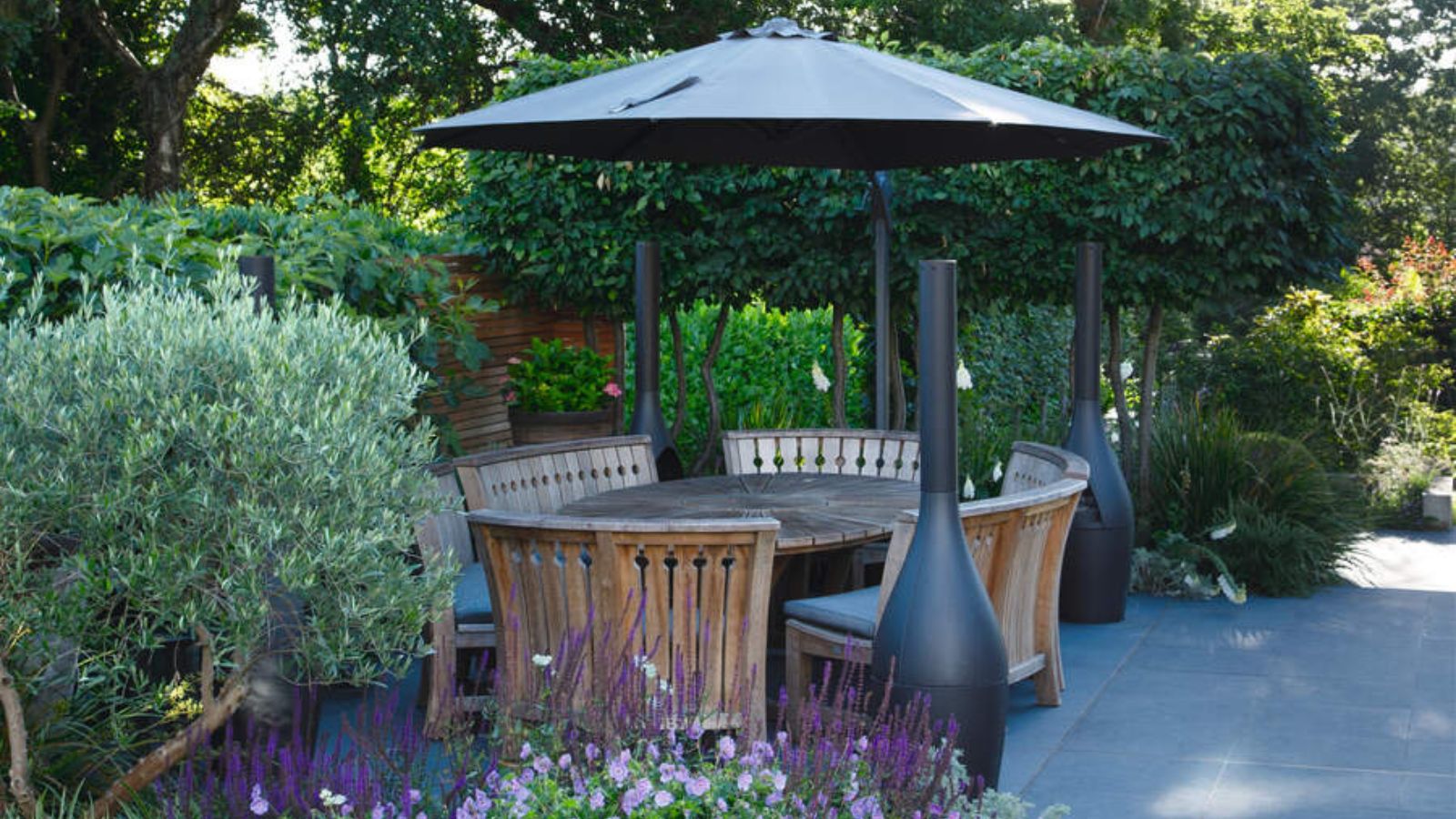
Gardening can be a physically demanding hobby. Gardeners often need to be able to shift pounds of soil, pull heavy hoses over patios, and push mowers over lawns.
However, this means that gardening can be inaccessible for some people. You may find if you develop a disability or a mobility issue that tending to plants – or even just relaxing in the garden – is more difficult.
I spoke to a gardening expert about the best ways to design an accessible garden, creating features to help blind, deaf, paralysed, and also autistic gardeners.
Make paths wider for wheelchairs

One of the simplest ways to make a garden more accessible is to widen paths. Double-width paths are crucial for wheelchairs, walkers, and those on crutches because these mobility aids take up room. They also need wide turning circles, so a wider path is much easier to use for those with mobility issues in their legs.
Keeping paths wide also makes it easier for those who sign. A wide path means two people who sign can comfortably walk alongside each other with plenty of room to sign.
Gardening expert Tammy Sons says: 'Paths should be wide enough to accommodate anyone, especially wheelchair users. A minimum width of around 36-48 inches is perfect for a wheelchair to comfortably pass.'
Use non-slip materials

Non-slip materials are vital because they make it easier for those with mobility issues to use a space. Grass, gravel and woodchips can be hard to traverse in a wheelchair, especially in a manual wheelchair, and slippery materials like polished stone can be hard to walk on for those with mobility, balance, and sight issues.
Instead, use textured materials that provide better grip. Tammy Sons suggests: 'The best non-slip material for projects like these would probably be textured concrete, sand-blasted asphalt, or some sort of rubber paving. Any sort of slip-resistant material that isn't polished stone or marble is perfect.' You can also consider resin-bound aggregates, which look like gravel but are wheelchair accessible.
Make sure you build in good drainage, too, because this will remove water from the surfaces of paths and patios, making them easier to use.
Use edging for canes
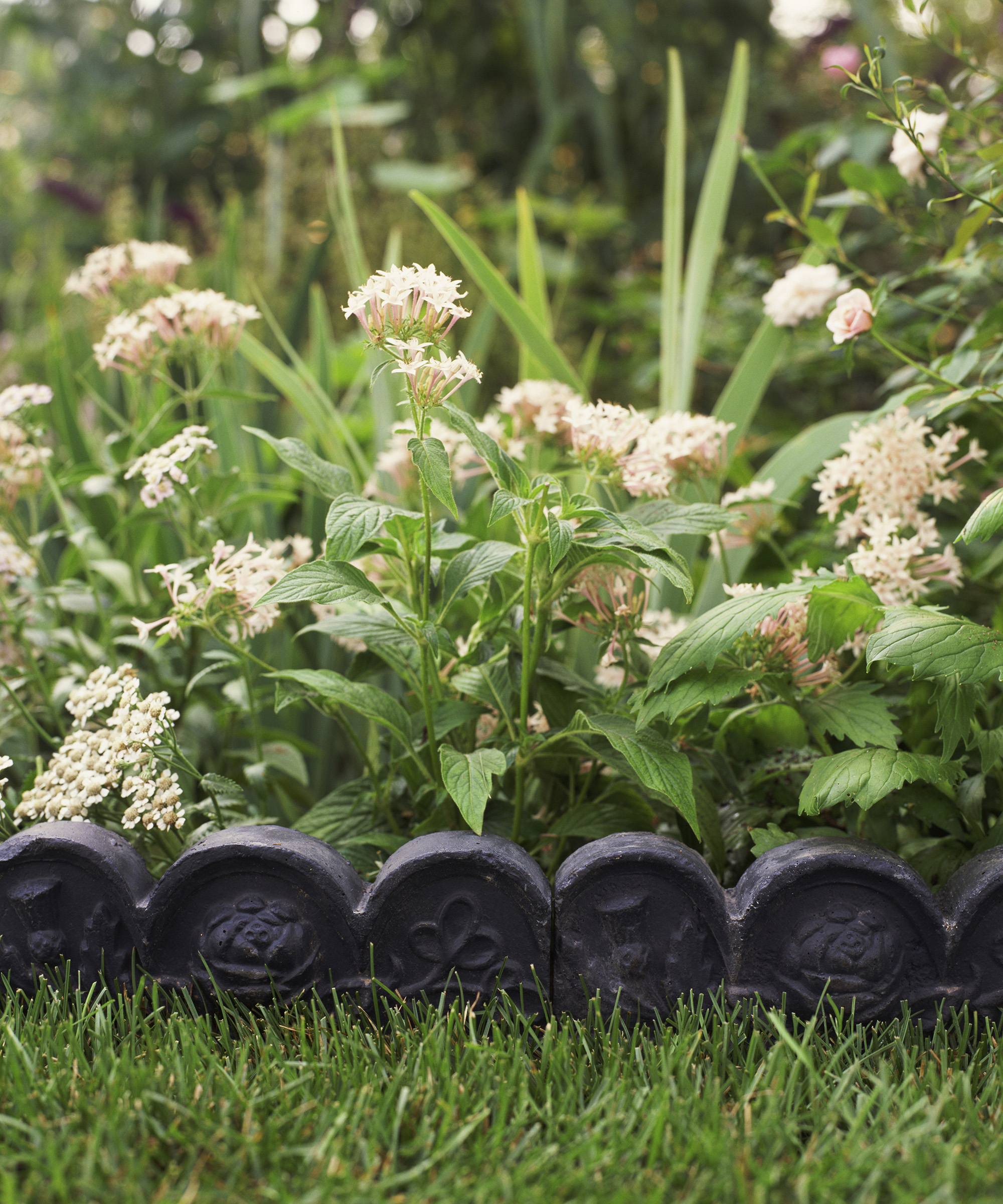
With the size and materials for the paths sorted, don't forget to add edging along the sides. Raised edging is crucial for those with sight issues. If you use a cane, raised edges help you feel the edge of a path, making it much easier to navigate the garden.
Edging is also helpful for those in wheelchairs, too. Tammy Sons says, 'Edging should be added to all pathways to help guide the wheels of the wheelchairs or to prevent canes from slipping off the main pathways.' Any raised edging will keep wheelchairs for rolling into drainage or onto lawns where they could get stuck.
There are a lot of options here, too. You can use bespoke metal edging in a striking Corten steel, but for a more rustic, DIY-feel, bricks placed along the path or patio will help too.
Add extra seating
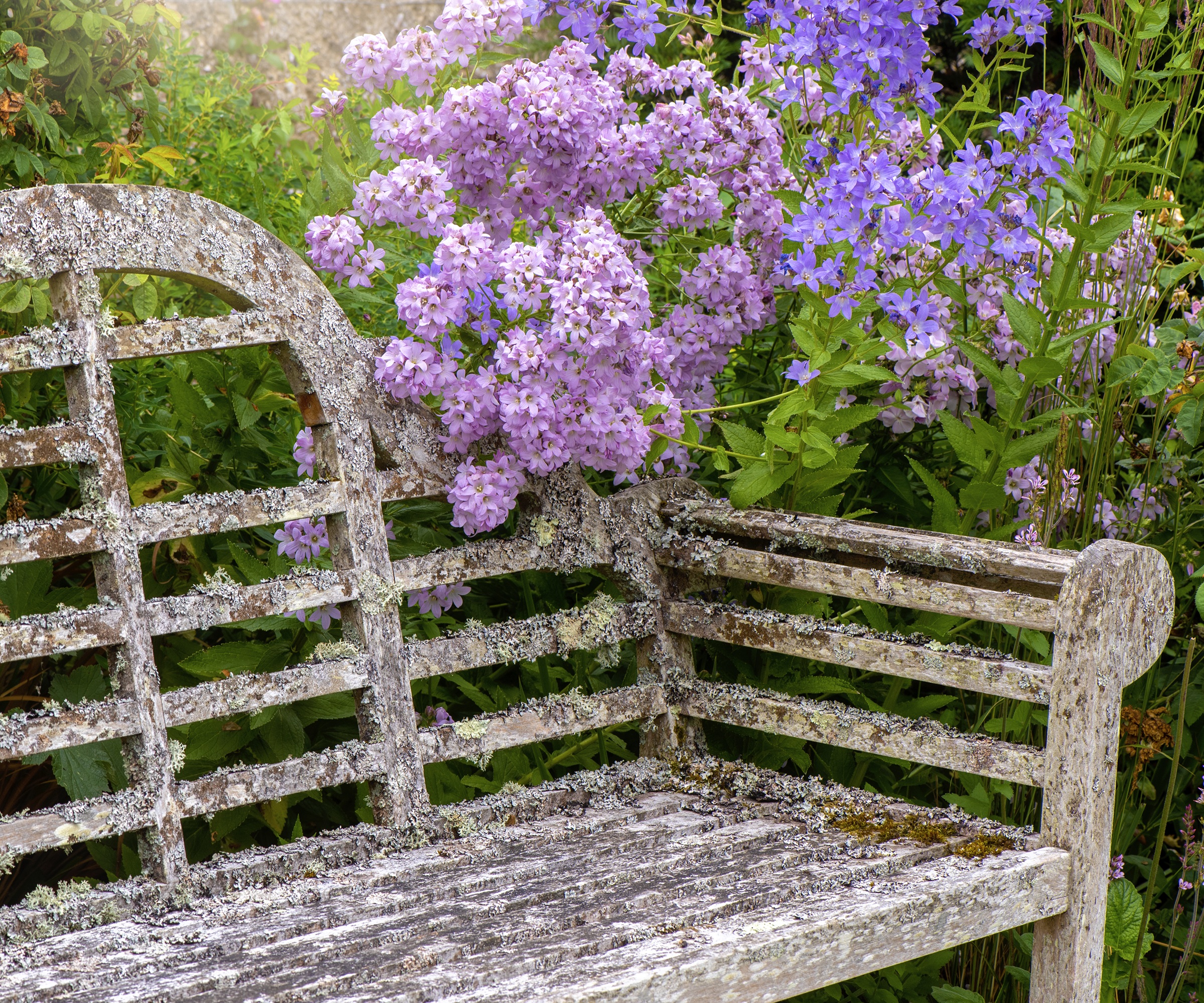
It's also a good idea to add a lot of seating to an accessible garden. This gives people lots of spots to rest as they tend to the garden or move around it.
It also means lots of different sensory vantage points. Strategically placed benches offer places for people to experience different sights, sounds and smells from different vantage points around the garden.
Use raised beds and planters
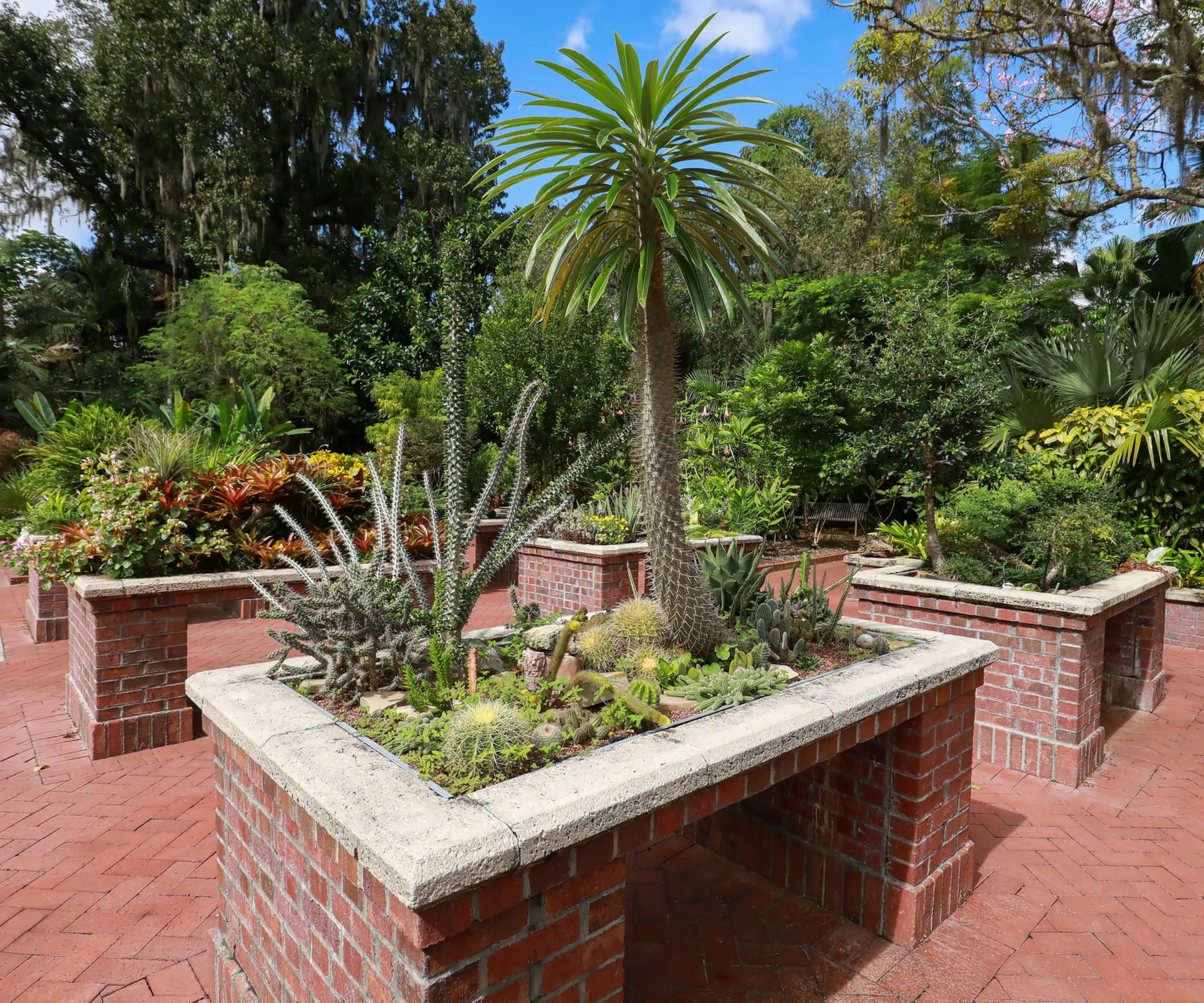
Raised beds and planters are essential for gardeners in wheelchairs. IT can be hard - or impossible - for gardeners with mobility issues to bend down to tend to plants and flowers in low beds. Raising planters to waist height means that gardeners in wheelchairs or with walkers or leg prostheses can reach plants more easily.
The only thing to bear in mind is that wheelchairs need to fit underneath the planter, so make sure there is space for a wheelchair under a planter. These beds should also have a narrower depth than raised beds at ground level to ensure that disabled gardeners can tend to every part of the bed.
Just like raised beds, you can also make raised ponds. These ponds operate on the same principle; they're lifted up to waist height to make it easier for those with mobility issues to enjoy aquatic plants and wildlife.
This raised garden bed can be used by wheelchair users and planted with a range of flowers and vegetables.
Use automatic irrigation
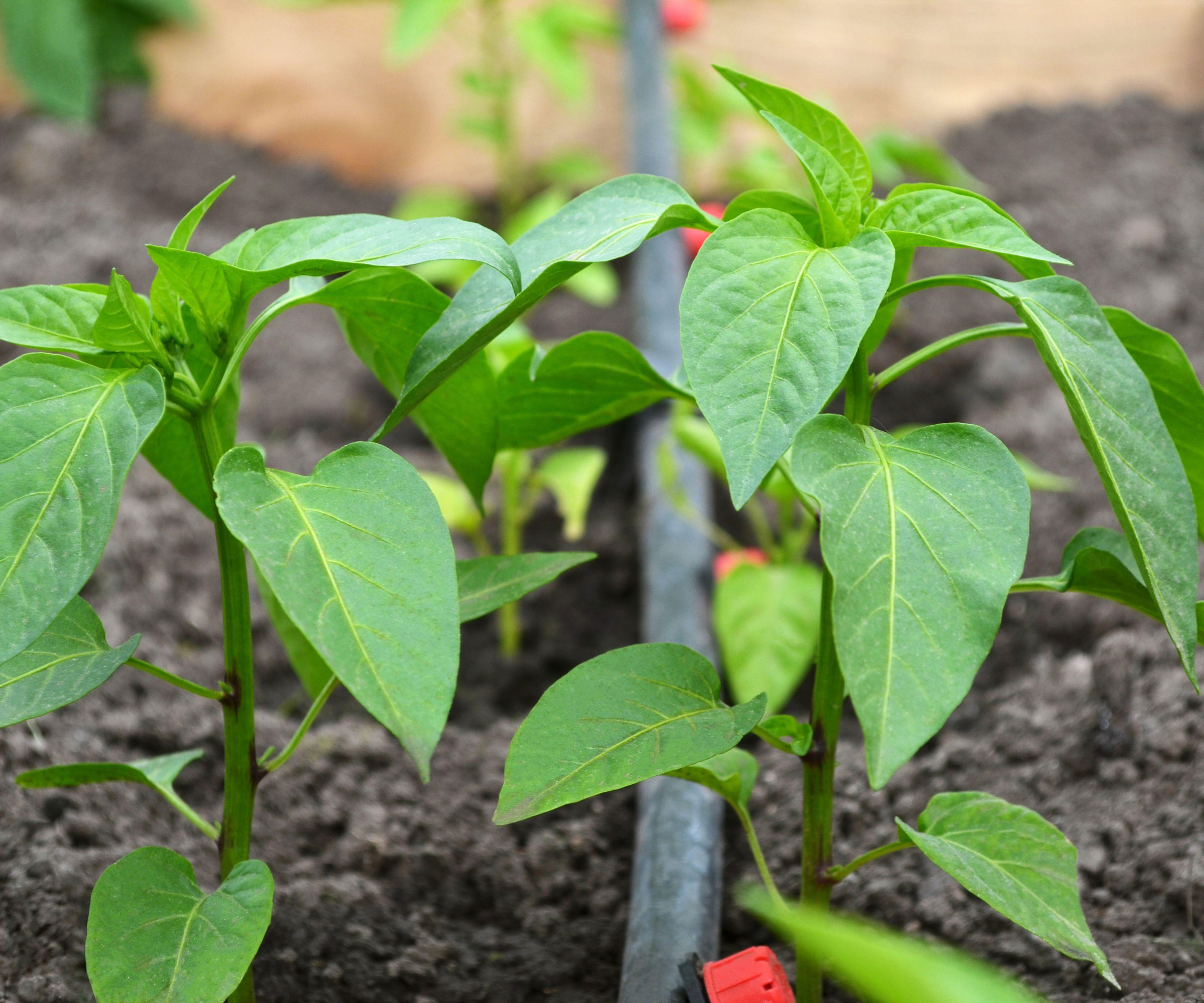
While there are some accessible watering tools, they're often very expensive, like this adapted garden spray at Enabling Devices. Watering cans and hoses can be very hard to use from wheelchairs or if you have a visual disability. Instead, it tends to be the case that automatic irrigation is a much more reliable way to water a garden.
For one thing, it removes the task, ensuring reliable water. It's one less job for a gardener, and it's also helpful for those with learning disabilities who may forget to water their plants.
For another, it opens up possibilities with an accessible garden. An automatic irrigation system can be installed in places that might be difficult for a disabled gardener to reach so that they can still water plants in tricky corners of a yard.
This drip irrigation kit has all you need to set up automatic watering.
Use ramps and slopes

Accessible gardens need to be navigable by wheelchairs, walkers, and canes, so steps and steep slopes need to be levelled. If you can't afford to level a garden, you could add ramps or very gentle slopes to make sure those in wheelchairs can get around.
Finally, if you're creating a garden for those with autism, consider toning down color and sound. Try using more muted color-scapes, and steer clear of stimulating garden accessories like windchimes or kinetic art.







